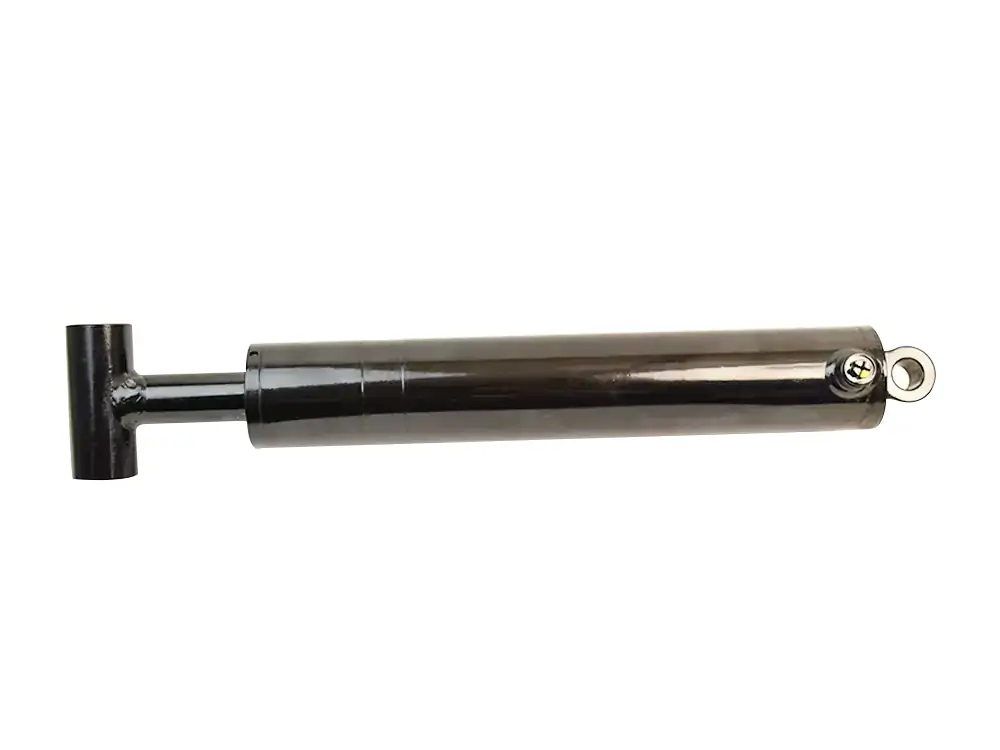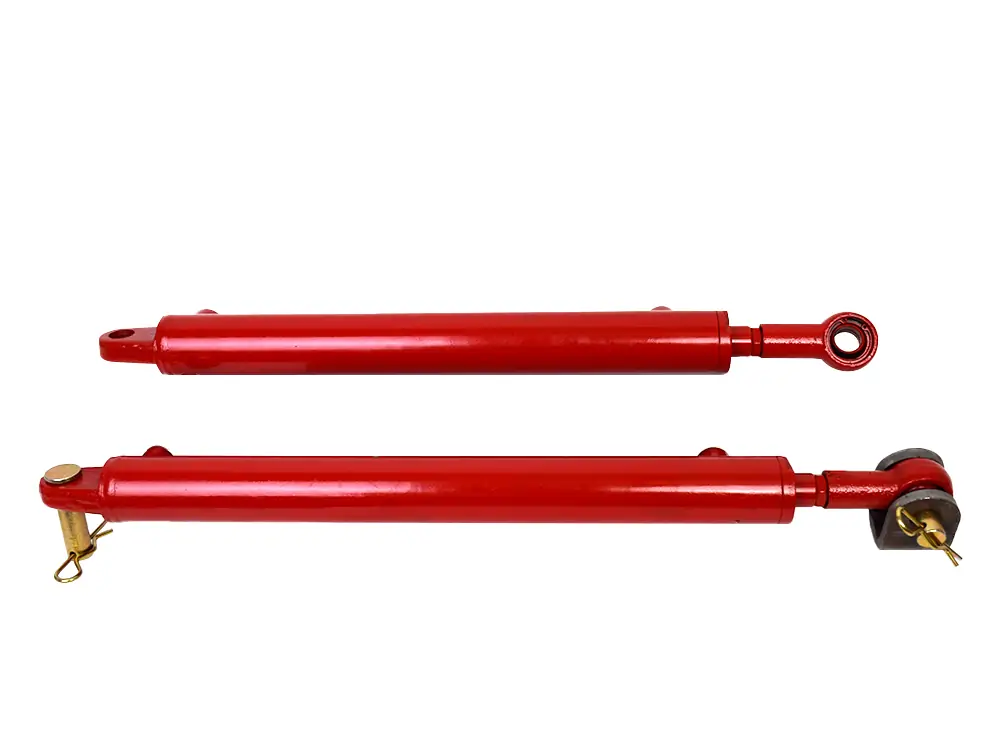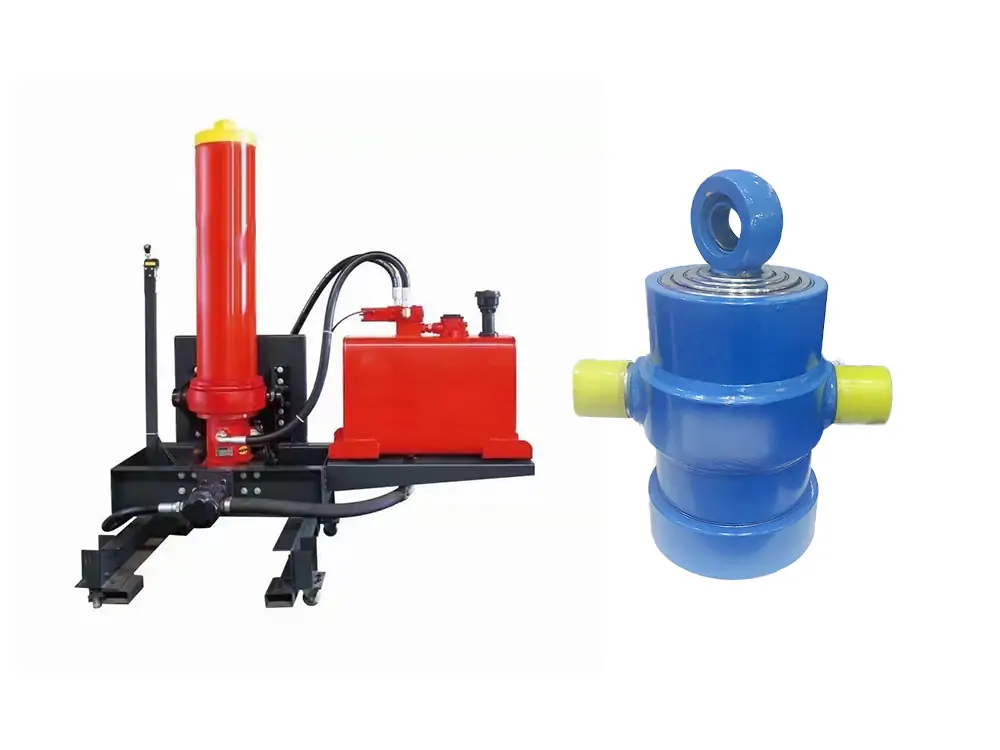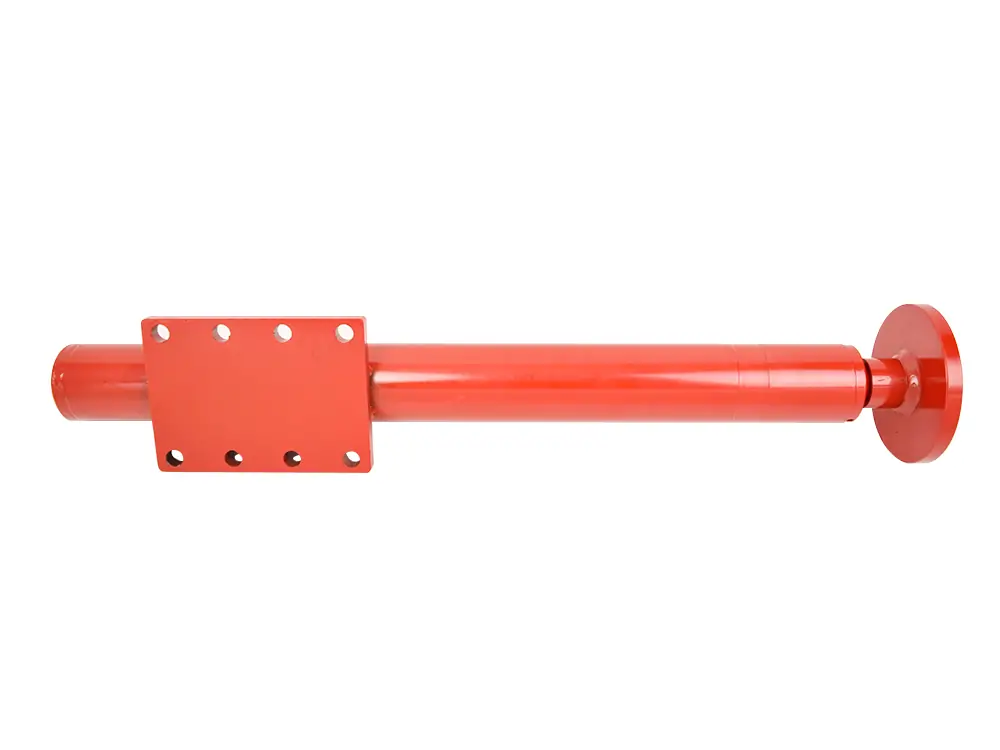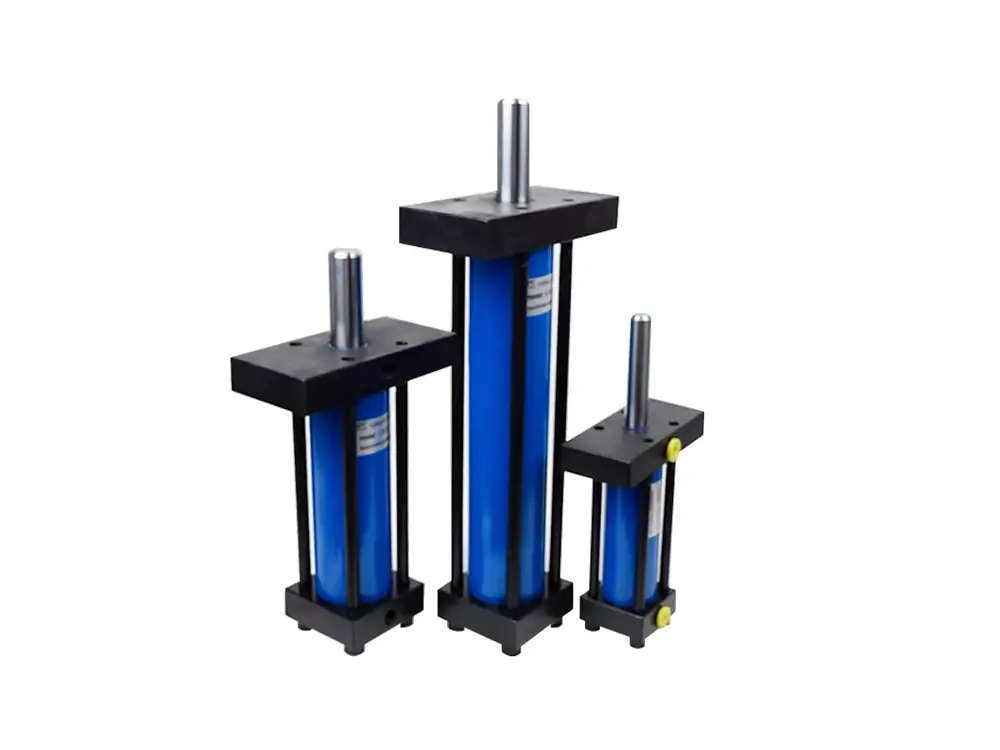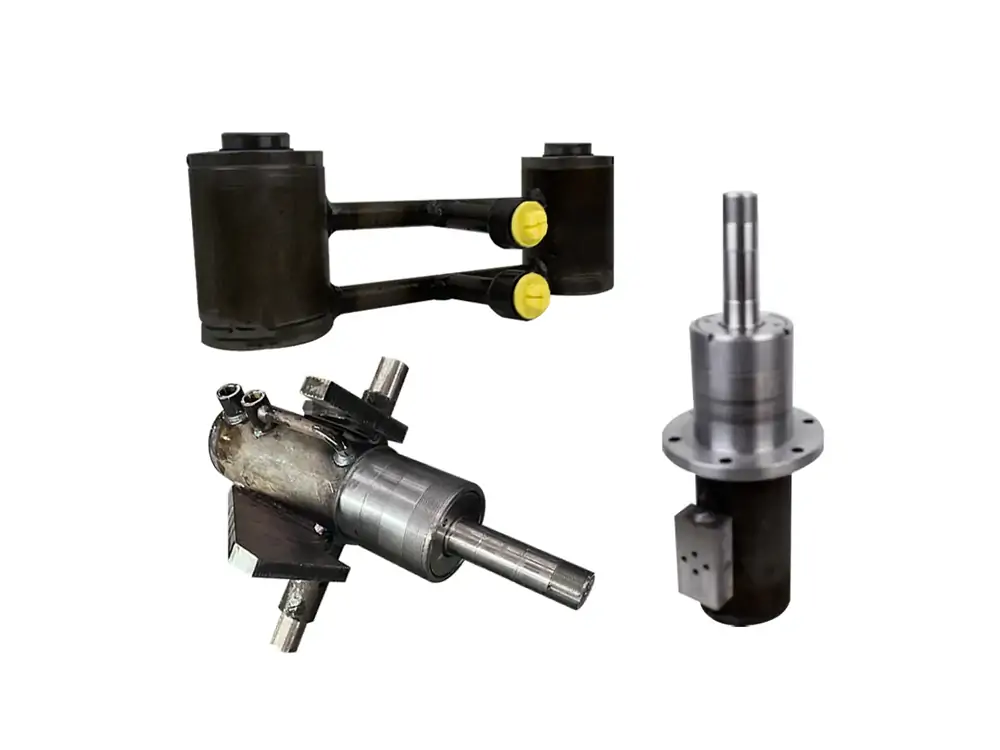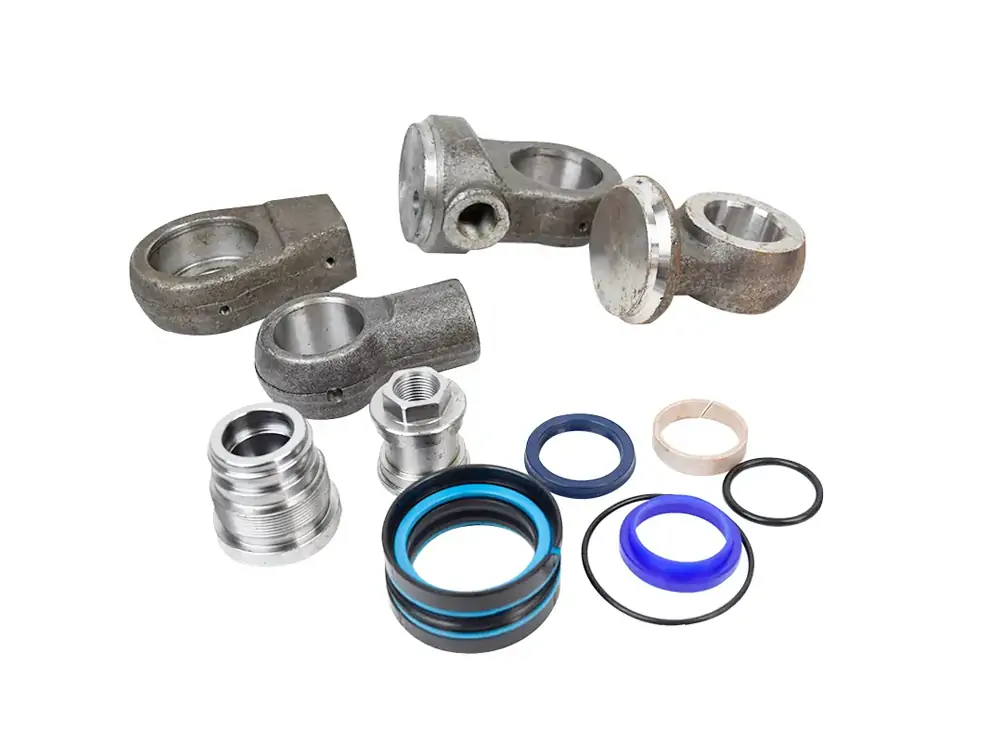General Questions
Our payment policy is as follows:
Delivery Time and Ports
Mold Costs
Preparation
Before starting the disassembly, make sure to gather all necessary tools and materials. You’ll need a cylinder seal removal tool, a cleaner, and some clean cloths. Additionally, have new cylinder seals and an appropriate amount of lubricant ready.
Disassembly Steps
Shut down the hydraulic system: Position the piston rod so it’s not under pressure to avoid any deformation.
Remove the old seal: Use the seal removal tool to carefully extract the old seal from the cylinder, being cautious not to scratch the inner walls.
Clean the components: Thoroughly clean the inner walls of the cylinder and the piston rod using cleaner and a cloth to remove any residue.
Install the new seal: Apply lubricant to the piston rod, then fit the new seal onto it.
Reassemble the piston rod: Slowly push the piston rod back into the cylinder, ensuring the new seal is correctly positioned and secure.
Inspection and Testing
Check the piston rod: Ensure that the piston rod moves freely without any sticking.
Conduct a pressure test: Pressurize the cylinder to check for any leaks and confirm that it operates correctly.
Observe the piston rod movement: During the pressure test, ensure the piston rod moves smoothly without any unusual noises.
Final inspection: Release the pressure and double-check that the piston rod and cylinder interior are clean and free from any debris.
There are many types of hydraulic cylinders. The working principles of different hydraulic cylinders are different. We have prepared a more detailed explanation of the working principles of hydraulic cylinders for you.
- Use calipers to measure the inner and outer diameter of the cylinder tube.
- Measure the diameter of the piston rod.
- Measure the diameter of the two pin holes.
- Measure the thickness of the two lugs (ears).
- Measure the size of the oil port.
- Finally, use a tape measure to determine the center distance between the two pin holes.
We have prepared for you a more detailed explanation of measuring hydraulic cylinders.
Internal Leakage in Hydraulic Cylinders
Internal leakage in hydraulic cylinders typically occurs in two areas:
1. Static Seal Between the Piston Rod and the Piston
2.Dynamic Seal Between the Cylinder Liner and the Piston
Proper Use and Maintenance
1. Proper Assembly and Installation
2. Prevent Contaminants from Entering the Hydraulic System
3. Proper Use and Maintenance
Before Disassembling:
Disassembly:
Handling Internal Components:
Inspection and Replacement:
Reassembly:
Filling and Bleeding:
1. Cylinder Does Not Operate
- Oil Line Blockage: If the pressure oil cannot enter the cylinder due to a blocked oil line, clear the blockage.
- Improper Installation: Poor connection or installation may cause the cylinder to be affected by external forces. Reinstall the cylinder correctly.
2. Cylinder Operates, but Movement is Too Slow
- Insufficient Oil Supply: If the hydraulic pump is not supplying enough oil, causing low pressure, troubleshoot the pump.
- Excessive System Leakage: Check the sealing performance of various components and pipelines.
- Leakage Between Rod Chamber and Non-Rod Chamber: If high-pressure oil leaks from the piston seal to the low-pressure chamber, replace the piston seal assembly.
- Excessive Wear: If the cylinder tube or piston is excessively worn, consider repairing or replacing it.
3. Cylinder Crawling
- Air in the Cylinder: Bleed the air from the cylinder.
- Foreign Matter and Moisture: If foreign particles and moisture cause local damage or sintering, grind the cylinder wall and investigate the cause of contamination.
- Improper Installation: Misalignment of the centerline with the guide sleeve’s track requires reinstallation.
- Tight Seals: Adjust the seals if they are too tight.
- Misalignment of Piston and Rod: Correct the alignment.
- Misalignment of Guide Sleeve and Cylinder: Align as necessary.
- Bent Piston Rod: Straighten the piston rod.
- Poor Cylindrical Accuracy: Bore and grind the cylinder tube, and fit a new piston if needed.
4. Jitter or Noise
- Air in the Cylinder: Bleed the air.
- Tight or Rough Sliding Surfaces: Polish the sliding surfaces.
- Damaged Piston Seals: If high-pressure oil leaks quickly into the low-pressure chamber causing noise, replace the piston seal.
- Excessive Cushioning Clearance: Reduce the cushioning clearance to improve buffering.
- Faulty One-Way Valve in the Cushioning Device: Replace the one-way valve.
6. Cylinder Leakage
- Damaged Seals: Replace the seals.
- Deformed or Damaged Parts: Realign or replace the parts as necessary.
Methods for Securing Hydraulic Cylinders
- Bolt Fixing: Pre-drill holes in the base of the hydraulic cylinder and the workbench or machinery, then secure the hydraulic cylinder to the base using bolts. This method is simple and reliable, suitable for smaller hydraulic cylinders.
- Welding Fixing: Weld the base of the hydraulic cylinder to the workbench or machinery to ensure a strong and permanent attachment. This method is suitable for larger hydraulic cylinders as it provides greater holding strength.
- Clamping Fixing: Use clamping devices, such as nuts or clamping blocks, to clamp the hydraulic cylinder to the workbench or machinery. Adjust the clamping force to secure the hydraulic cylinder. This method is ideal for situations where frequent replacement of the hydraulic cylinder is required.
- Spring Fixing: Insert springs between the base of the hydraulic cylinder and the workbench or machinery to use elastic force to hold the hydraulic cylinder in place. This method is suitable for applications where cushioning and vibration reduction are needed.
- Support Fixing: Use support frames, support feet, or support chains to support the hydraulic cylinder.
- Important Considerations: When choosing a support method for a hydraulic cylinder, consider the size, weight, and working environment of the hydraulic cylinder to ensure the safety and stability of the support method. Additionally, regularly check the support components during installation and use to ensure they are functioning properly.
If you have any other questions, please feel free to contact us. We will reply to you as soon as we receive your question.

